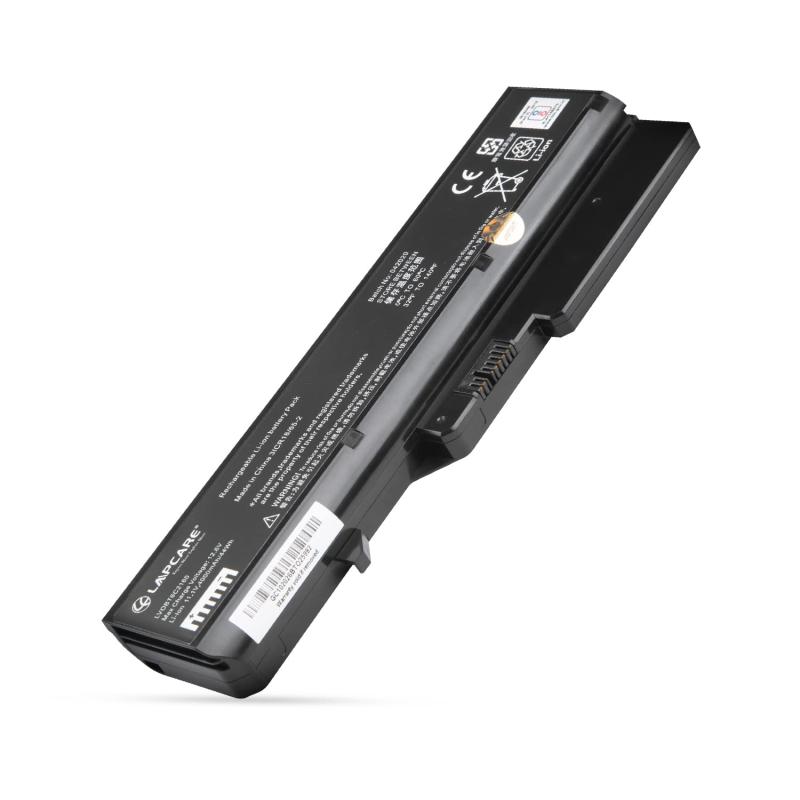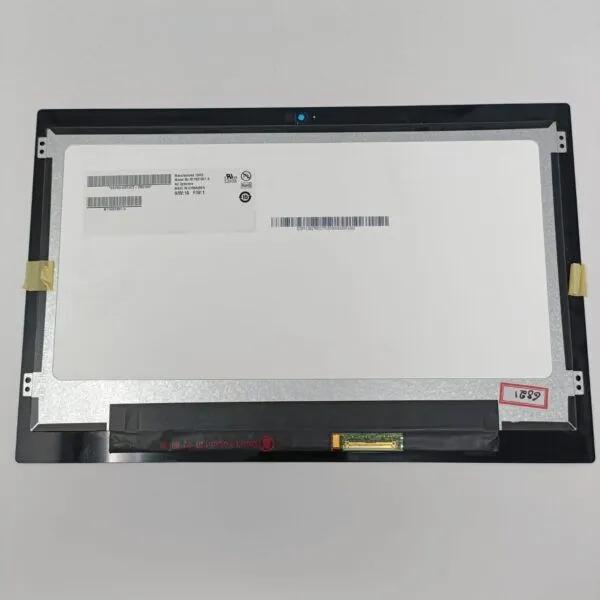Upgrade Your Laptop Screen: Everything You Need to Know

Upgrading your laptop screen can significantly enhance your computing experience. Whether you're looking for better resolution, improved color accuracy, or simply a larger display, replacing your laptop screen with a higher-resolution option can breathe new life into your device. In this guide, we'll explore the benefits of upgrading your laptop screen, the steps involved in the replacement process, and answer some frequently asked questions to help you make an informed decision.
Why Upgrade Your Laptop Screen?
1. Improved Visual Experience
One of the primary reasons to upgrade your laptop screen is to improve the overall visual experience. Higher resolution screens offer sharper images, better detail, and more vibrant colors. This is particularly beneficial for graphic designers, photographers, gamers, and anyone who spends a lot of time working with visuals.
2. Enhanced Productivity
A higher-resolution screen allows for more screen real estate, meaning you can view multiple applications side by side without constantly switching between windows. This can enhance your productivity, especially for tasks like video editing, coding, or research.
3. Better Gaming Experience
For gamers, upgrading to a higher-resolution screen can lead to a more immersive gaming experience. Higher resolutions provide finer details in graphics, making games look more realistic and engaging.
4. Future-Proofing Your Laptop
As technology continues to advance, software and applications are increasingly optimized for higher resolutions. Upgrading your laptop screen can ensure that your device remains relevant and capable of handling newer applications and games.
Understanding Screen Resolution
Screen resolution refers to the number of pixels displayed on the screen, typically represented in width x height format (e.g., 1920 x 1080). A higher resolution means more pixels, which results in sharper images and text. Here are some common resolutions:
HD (1366 x 768): Standard for many budget laptops.
Full HD (1920 x 1080): Common in mid-range laptops, providing a good balance between quality and performance.
Quad HD (2560 x 1440): Offers significantly better clarity and is ideal for graphic-intensive tasks.
4K (3840 x 2160): Provides exceptional detail, suitable for professional designers and gamers.
Steps to Upgrade Your Laptop Screen
If you're considering upgrading your laptop screen, here are the steps you'll need to follow:
Step 1: Check Compatibility
Before purchasing a new screen, check the specifications of your laptop model. Ensure that the new screen is compatible with your laptop's hardware and connections. Look for details such as size, resolution, and connector type (e.g., eDP, LVDS).
Step 2: Purchase the New Screen
Once you've determined compatibility, you can purchase a replacement screen. My Laptop Spare offers a wide range of high-resolution screens tailored to different laptop models. Ensure that you choose a reputable supplier to guarantee quality.
Step 3: Gather Tools
You'll need a few tools to perform the replacement:
Small Phillips screwdriver
Plastic prying tool or guitar pick
Anti-static wrist strap (optional, but recommended)
Step 4: Power Down and Disconnect
Before beginning the replacement process, power down your laptop and disconnect it from any power source. Remove the battery if possible to prevent any electrical hazards.
Step 5: Remove the Front Bezel
Using your plastic prying tool, carefully detach the front bezel of the laptop screen. This step can be delicate, so proceed with caution to avoid damaging the frame.
Step 6: Unscrew the Old Screen
Once the bezel is removed, locate the screws securing the old screen in place. Unscrew them and gently tilt the screen forward to access the connectors at the back.
Step 7: Disconnect the Old Screen
Carefully disconnect the video cable from the old screen. Be cautious while doing this to avoid damaging the connector.
Step 8: Install the New Screen
Connect the new screen to the video cable, ensuring that it fits securely. Once connected, position the screen back into the frame and screw it in place.
Step 9: Reattach the Front Bezel
After securing the new screen, reattach the front bezel. Ensure it snaps back into place securely.
Step 10: Power Up
Reconnect the battery (if removed), power up your laptop, and enjoy your new high-resolution screen!
Common FAQs About Upgrading Your Laptop Screen
1. Can I upgrade my laptop screen to a higher resolution?
Yes, in most cases, you can upgrade your laptop screen to a higher resolution, provided that your laptop's hardware supports it. Check your laptop's specifications and compatibility before purchasing a new screen.
2. Will upgrading my screen affect battery life?
Higher-resolution screens may consume more power, potentially affecting battery life. However, the impact can vary depending on your laptop model and the type of work you're doing. If you're primarily using your laptop for low-intensity tasks, you may not notice a significant difference.
3. How do I know which screen is compatible with my laptop?
To determine compatibility, you can check your laptop's model number and look up the specifications online. Many websites, including My Laptop Spare, provide compatibility information for replacement screens.
4. Can I install the new screen myself?
If you're comfortable with basic tools and following instructions, you can install the new screen yourself. However, if you're unsure or uncomfortable, it's advisable to seek professional assistance.
5. What should I do if the new screen doesn’t work?
If the new screen doesn’t work, first ensure that it is correctly connected. Check the video cable and make sure everything is secure. If problems persist, you may need to contact the supplier for a replacement or troubleshooting advice.
6. How much does it cost to upgrade my laptop screen?
The cost of upgrading your laptop screen can vary widely based on the screen resolution and model. On average, you can expect to pay anywhere from $50 to $300 for a replacement screen, plus any additional costs for professional installation if needed.
7. Is there any risk involved in upgrading my laptop screen?
As with any hardware upgrade, there are some risks involved. You could potentially damage your laptop if you're not careful during the replacement process. Always take necessary precautions and, if in doubt, consult a professional.
8. What are the benefits of shopping with My Laptop Spare?
My Laptop Spare offers a wide selection of high-quality replacement screens for various laptop models. They provide detailed compatibility information, ensuring that you find the right screen for your device. Additionally, their customer support team is available to help you with any questions or concerns you may have.
Conclusion
Upgrading your laptop screen can be a game-changer, offering improved visuals, better productivity, and a more enjoyable gaming experience. With the right knowledge and tools, you can successfully replace your old screen with a higher-resolution option. Whether you're a casual user, a gamer, or a professional, investing in a quality laptop screen upgrade can significantly enhance your overall computing experience. For high-quality replacement screens and excellent customer support, look no further than My Laptop Spare.






Comments